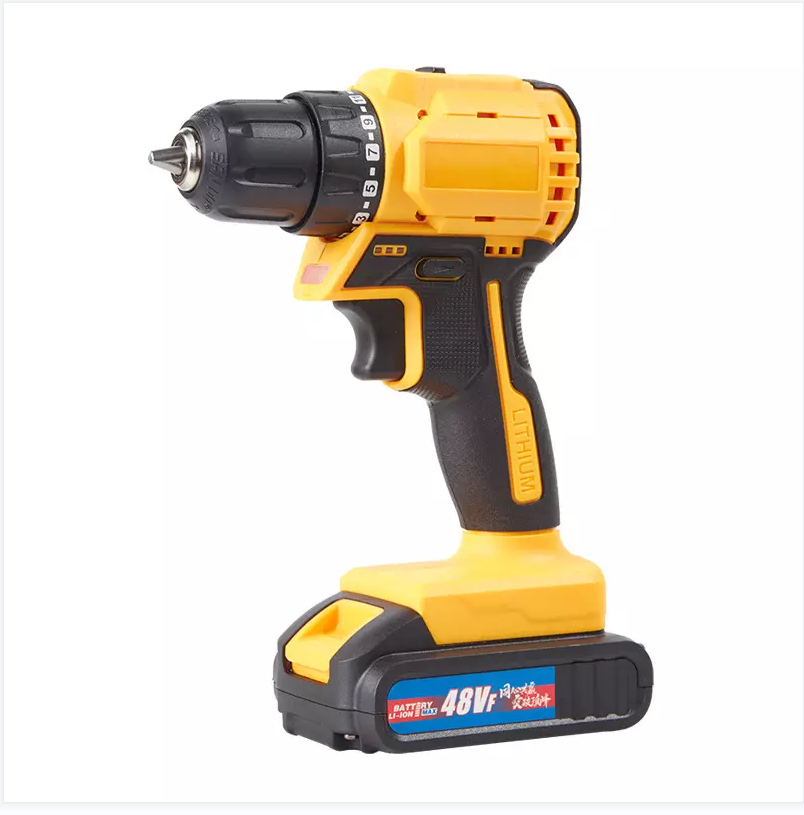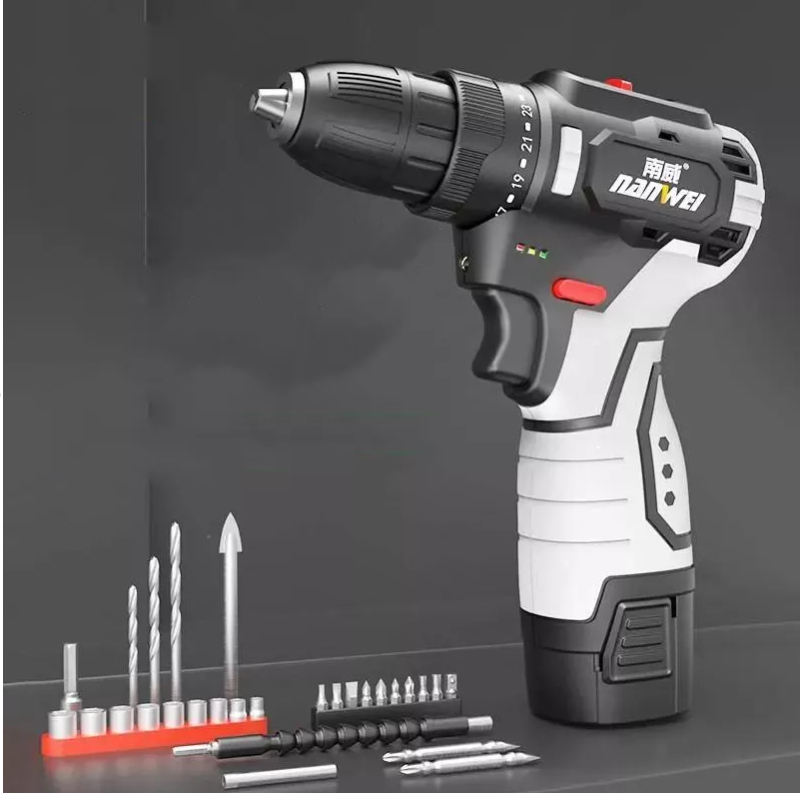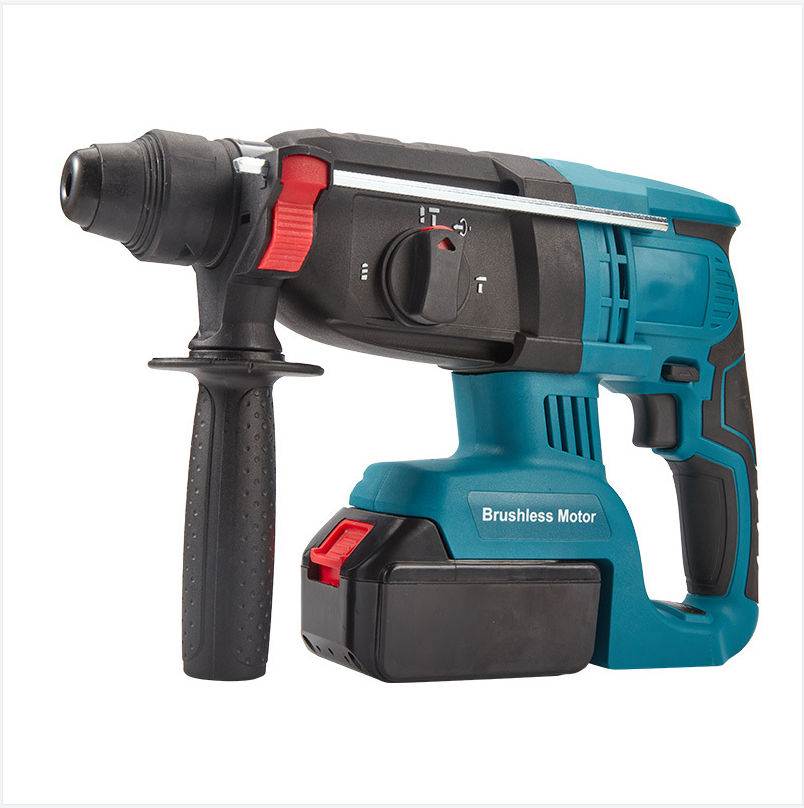Drills are for boring holes and driving fasteners, but they can do much more. Here’s a rundown of the various types of drills for home improvement.
Choosing a Drill
A drill has always been an important woodworking and machining tool. Today, an electric drill is indispensable for anyone driving screws for installations, maintenance and repairs around the house.
Of course, there are many types of drills out there, and not all function as screwdrivers. Those that do can be used for multiple other functions. A few drill hacks include mixing paint, snaking drains, sanding furniture and even peeling fruit!
Besides rotating a bit for boring, driving screws or other functions, some drills offer a hammering action to drill through concrete. Some drills make it possible to bore holes and drive screws in places you couldn’t even fit a screwdriver.
Because they don’t need as much power as other tools, electric drills were among the first to go cordless. Today, portability makes cordless drills more popular than corded. But there are still plenty of jobs that need the extra torque that only a corded tool can develop.
Common Drill Features
Whether corded or cordless, every power drill has many of the same features.
- Chuck: This holds the drill bit. Older chucks had to be tightened with a key (which was easy to lose), but most of today’s chucks can be hand-tightened. A drill with a slotted-drive-shaft (SDS) chuck holds an SDS-compatible bit without being tightened. Just slip in the bit and start drilling.
- Jaw: The part of the chuck that tightens onto the bit. Drills vary on how reliably the jaws hold the bit.
- Motor: Many of the new cordless drills offer brushless motors, which develop more torque, use less power and allow for more compact design. Corded drills have more powerful motors than cordless. so they can do more difficult jobs.
- Variable speed reversing (VSR): VSR is standard on most drills. The trigger controls the drill rotation speed, with a separate button for reversing rotation. The latter comes in handy for backing out screws and pulling out a bit after it has done its job.
- Auxiliary handle: You’ll find this extending out perpendicularly from the drill body on powerful drills for tough jobs, like drilling concrete.
- LED guide light: Who doesn’t appreciate extra light when they’re working? An LED guide light is an almost standard feature on cordless drills.
Hand Drill
Back in the day, carpenters used brace-and-bit drills. For lighter jobs, manufacturers came up with a gear-driven model. More efficient and easier-to-use power drills tackle these jobs now, but people who work with jewelry and circuit boards still need the accuracy and responsiveness of a hand drill.
Cordless Drill
Cordless drills vary from lightweight for around-the-house jobs to workhorses for contractors in heavy construction. The power differences come from the batteries.
Even if you don’t think you need a drill for heavy use, it’s better to have a powerful corded drill than one that will freeze up that one time you need it to free up a stuck screw. The Ergonomic Handle 16.8V Power Drills With Handle packs power in a light, easy-to-carry housing. It comes with that all-important LED to guide you while you work.
Hammer Drill
A hammer drill creates an oscillating hammering action when the bit rotates. There are great for drilling through brick, mortar and concrete blocks. In a pinch it will drill through poured concrete.
The compact Electric Rechargeable Hammer Impact Drill comes with a brushless motor, and the 2500mAh 10C power lithium battery provides the extra punch you need for tough drilling. Like most quality cordless drills, this one also has a light. The 1/2-inch chuck accepts heavy-duty bits and holds them securely.
Post time: Aug-11-2022





